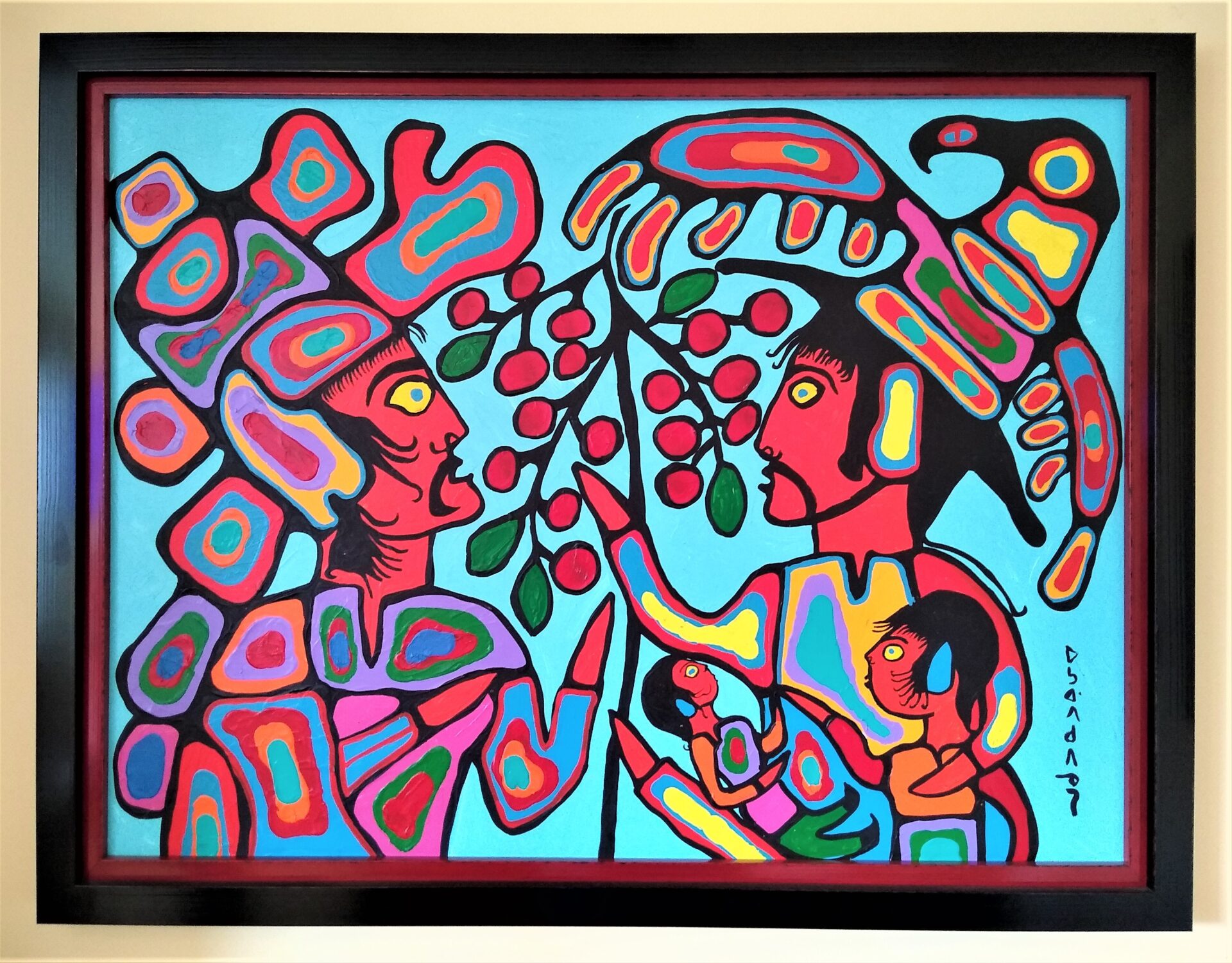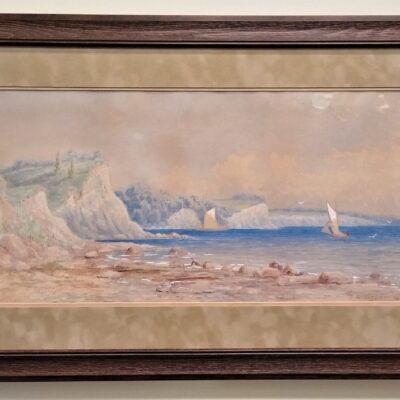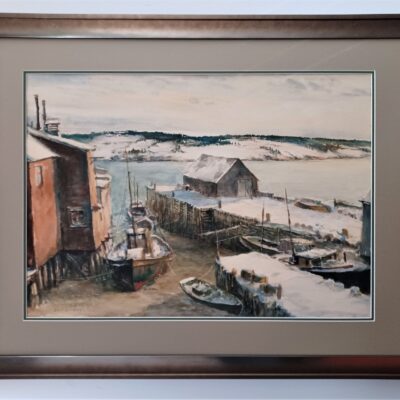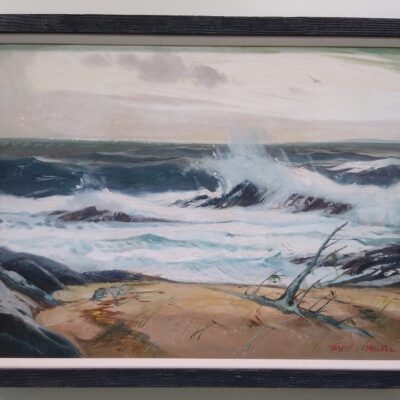“Two Shaman”
Acrylic on Artist Board,40 x 30 inches.
SIGNED IN SYLLABICS
PRICE $ 25,000.00
BY: NORVAL MORRISSEAU
The Provenance of any painting is extremely important, but even more so with Norval Morrisseau originals than some other artists. Down To Earth Art Gallery does their due diligence on every painting that we sell, so we can confidently guarantee the authenticity of every piece that we sell.
Contact us for the unique provenance that we have on this painting.





